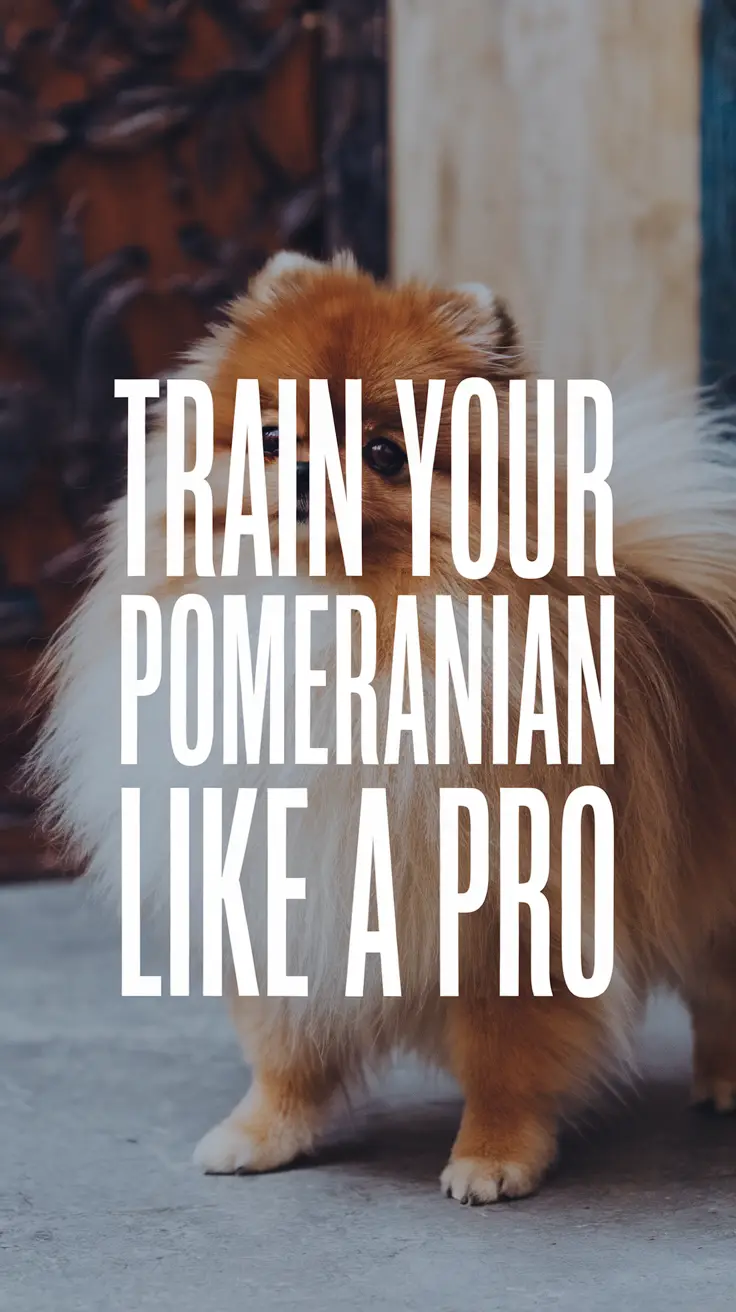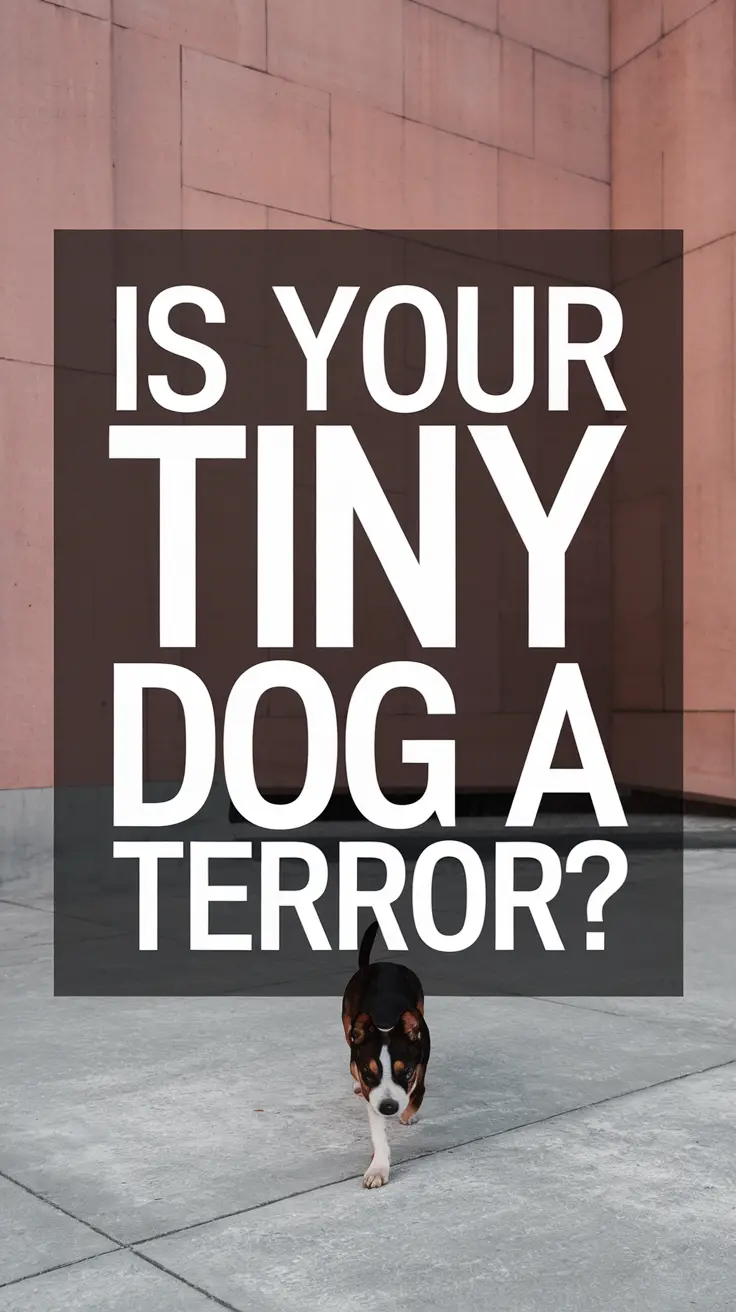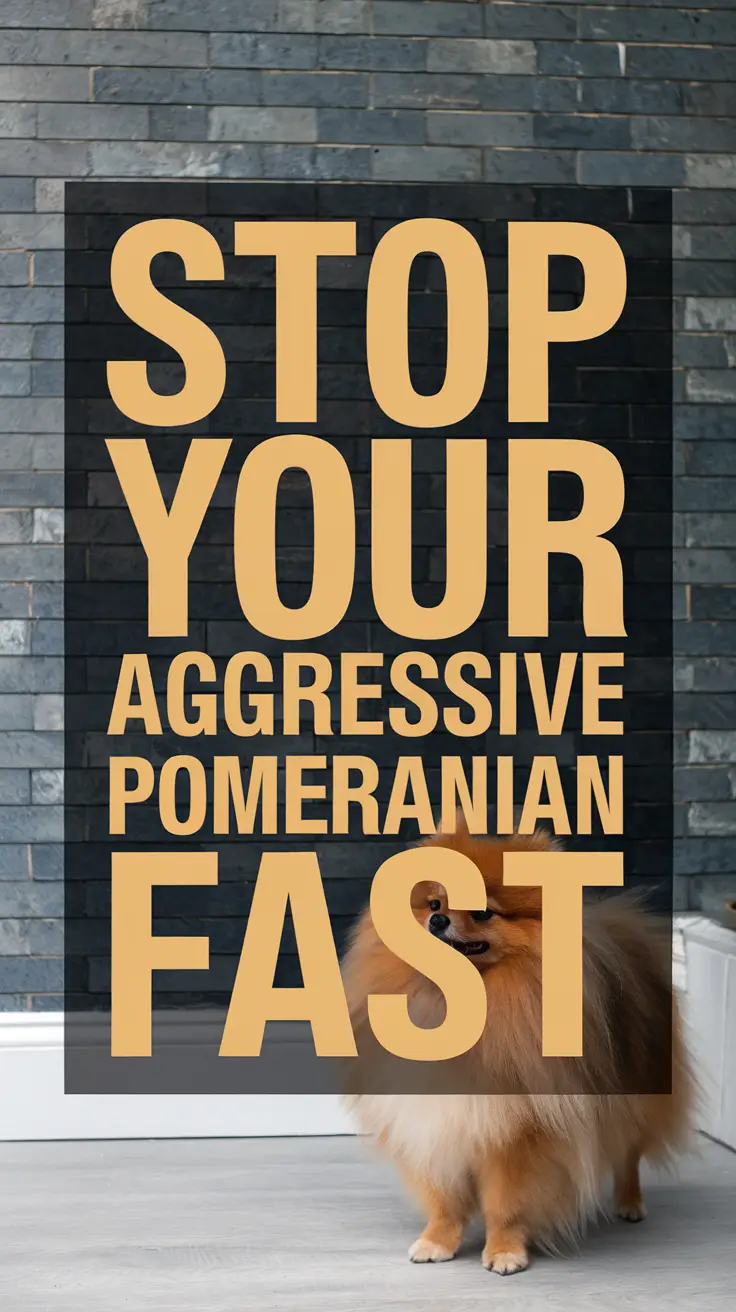Your fluffy tornado of joy just spotted the mailman through the window, and now they’re bouncing off the walls like a furry pinball. Sound familiar? I’ve been there with my Pomeranian Sash more times than I can count, watching her transform from peaceful pup to whirling dervish in 0.3 seconds flat.
Quick Summary:
- Remove your Pom from the exciting stimulus and redirect their energy with calm, structured activities
- Use consistent training techniques like the “settle” command and controlled breathing exercises
- Create a calming environment with designated quiet spaces and soothing tools
Understanding Your Pomeranian’s Excitement Triggers
Pomeranians are naturally spirited dogs with big personalities packed into tiny bodies. According to the American Kennel Club, these spunky companions were bred to be alert and responsive, which explains why Sash can go from zero to zoomies faster than I can say “doorbell.”
The most common excitement triggers include:
- Visitors arriving at your home
- Other dogs or animals nearby
- Meal times and treat anticipation
- Play sessions or toy interactions
- Outdoor adventures and car rides
I learned this the hard way when Sash would practically levitate every time someone knocked on our door. Her excitement was so intense that she’d forget basic commands and spin in circles like a tiny helicopter preparing for takeoff.
The Immediate Calm-Down Strategies
The Redirect and Remove Method
When your Pom hits peak excitement, your first move should be removing them from whatever’s triggering the frenzy. I call this the “circuit breaker” approach – you’re literally interrupting the excitement loop.
Here’s my go-to process:
| Step | Action | Why It Works |
|---|---|---|
| 1 | Calmly pick up your Pom or guide them away | Breaks visual contact with the trigger |
| 2 | Move to a quiet, familiar space | Reduces overstimulation |
| 3 | Speak in low, soothing tones | Your calm energy transfers to them |
| 4 | Wait for signs of settling before engaging | Prevents rewarding excited behavior |
The Magic of the “Settle” Command
Dog trainer Sarah Mitchell, who specializes in small breed behavior, swears by teaching an emergency “settle” cue. I started working on this with Sash after she turned our living room into her personal NASCAR track during a family gathering.
To teach this command:
- Start when your Pom is already calm
- Say “settle” in a low, gentle voice
- Guide them to lie down on their bed or designated spot
- Reward immediately with quiet praise (no excited “good dog!”)
- Practice daily during non-exciting moments
The key is consistency. Sash now responds to “settle” about 80% of the time, even when she’s mid-excitement spiral. The other 20%? Well, nobody’s perfect, especially not a determined Pomeranian.
Long-Term Excitement Management
Creating Calm Zones
Every Pomeranian needs a designated chill-out space. I set up what I call Sash’s “zen den” – a cozy corner with her favorite blanket, a few calming toys, and minimal distractions. This isn’t a punishment spot; it’s her safe haven when the world gets too overwhelming.
Essential elements for a calm zone:
- Comfortable bedding that smells like you
- Puzzle toys or Kong toys for mental stimulation
- A piece of clothing with your scent
- Dim lighting or a covered crate for den-like security
The Power of Routine
Pomeranians thrive on predictability. I discovered that Sash’s excitement levels dropped significantly when I established consistent daily routines. Meals at the same time, walks on regular schedules, and designated play periods all help manage her energy levels.
Dr. Jennifer Adams, a veterinary behaviorist, notes that “structured routines reduce anxiety and over-excitement in small breeds because they know what to expect and when to expect it.”
Tools and Techniques That Actually Work
Calming Aids Worth Trying
I’ll be honest about what’s worked and what hasn’t in my experience with Sash:
| Product Type | Effectiveness | Pros | Cons |
|---|---|---|---|
| Thunder Shirt | Moderate | Easy to use, non-invasive | Not effective for all dogs |
| Calming treats with L-theanine | Good | Natural ingredients, tasty | Takes 30-45 minutes to work |
| Adaptil diffuser | Excellent | Continuous calming pheromones | Requires electrical outlet, ongoing cost |
| Classical music playlists | Surprising winner | Free, immediate effect | May not work during high excitement |
The Adaptil diffuser was a game-changer for us. I was skeptical about spending money on “dog pheromones,” but within a week of plugging it in, Sash’s overall excitement levels noticeably decreased. Full disclosure: I receive no compensation for this recommendation – it just genuinely worked for us.
Breathing and Energy Techniques
This might sound silly, but dogs pick up on our energy more than we realize. When Sash gets wound up, I practice deliberate, slow breathing. I sit calmly nearby and breathe deeply for about two minutes. She almost always starts to settle as my energy shifts.
Professional dog trainer Michael Chen calls this “energetic leadership” – showing your dog how to feel through your own emotional state rather than trying to control them with commands alone.
What Not to Do (Trust Me on These)
Learning from mistakes is part of the journey. Here are my biggest blunders with Sash that actually made her excitement worse:
- Raising my voice: Shouting “CALM DOWN!” never works – it just adds to the chaos
- Physical restraint: Holding her tightly when excited made her more frantic
- Punishment after the fact: Scolding her once she’d already calmed down confused the message
- Inconsistent responses: Sometimes laughing at her antics, other times getting frustrated
The most important lesson? Your reaction sets the tone. If you’re stressed about their excitement, they’ll stay excited. If you’re calm and confident, they’ll eventually mirror that energy.
When to Seek Professional Help
Sometimes excitement crosses the line into anxiety or compulsive behavior. Consult a veterinary behaviorist if your Pomeranian:
- Shows signs of panic or cannot be calmed for extended periods
- Becomes destructive during excited episodes
- Exhibits repetitive behaviors like excessive spinning or tail chasing
- Shows aggression when over-excited
- Has physical symptoms like excessive panting or drooling
I consulted a professional when Sash’s excitement began triggering stress-related digestive issues. Sometimes an outside perspective and specialized training techniques make all the difference.
The Silver Lining of Pomeranian Enthusiasm
While managing an over-excited Pomeranian can be exhausting, remember that their exuberance is also what makes them such delightful companions. Sash’s excitement when I come home – even if I’ve only been gone for five minutes – reminds me daily what pure joy looks like.
The goal isn’t to eliminate their spirited nature but to help them channel it appropriately. A well-managed Pomeranian is still a happy, enthusiastic dog – they’ve just learned when it’s time to dial it back a notch. After all, life would be pretty boring without a little Pomeranian pizzazz to keep us on our toes.



